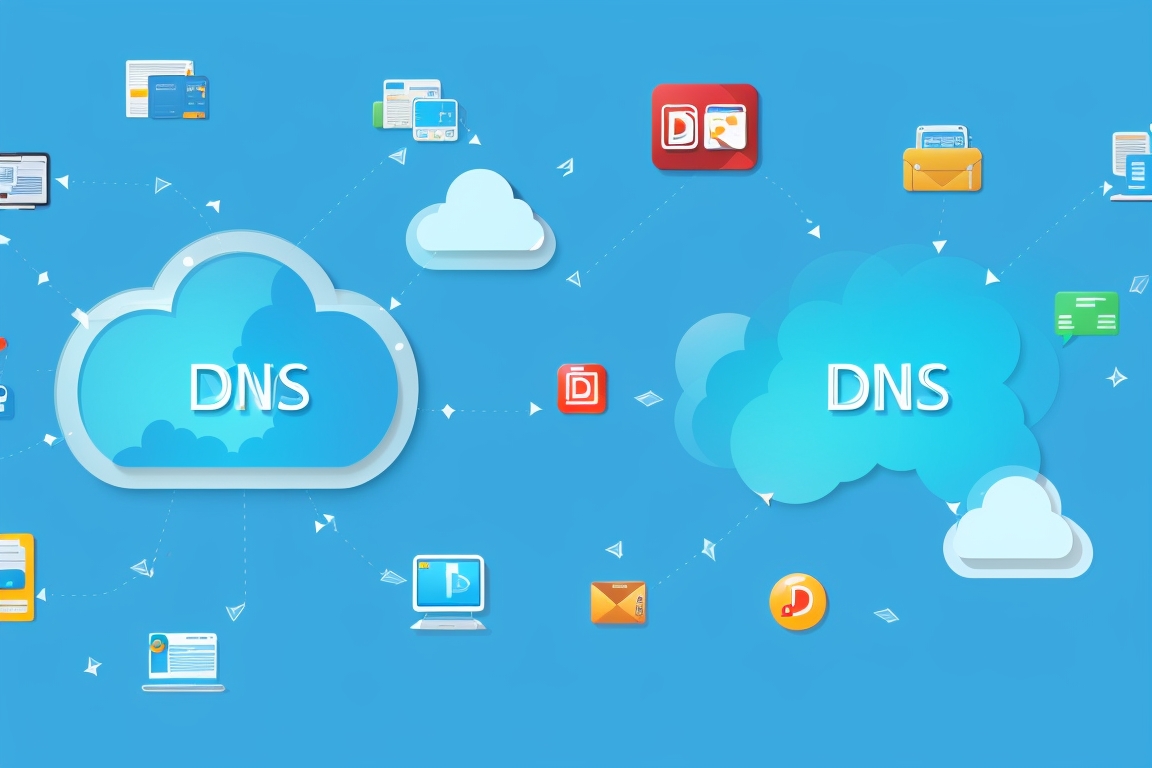Introduction
In the vast and complex landscape of the internet, the Domain Name System (DNS) serves as a fundamental component that often goes unnoticed. It’s the unsung hero that makes our digital lives more accessible and user-friendly. This article aims to demystify DNS, exploring its role, structure, and significance in the world of online communication.

What is DNS?
DNS, which stands for Domain Name System, is a distributed and hierarchical naming system that translates user-friendly domain names (like www.example.com) into the numerical IP addresses (like 192.0.2.1) that computers use to identify each other on the internet. It’s often referred to as the “phonebook” of the internet, as it allows users to access websites and services using easily memorable domain names instead of complex IP addresses.
How DNS Works
DNS operates behind the scenes, ensuring that when you type a domain name into your web browser or click a link, your request is directed to the correct server. Here’s a simplified overview of how DNS works:
- Query Initiation: When you enter a URL into your browser, it initiates a DNS query to resolve the domain name to an IP address.
- Local Cache Check: Your device checks its local DNS cache to see if it already knows the IP address for the requested domain. If the information is cached, it’s retrieved immediately.
- Recursive DNS Server: If the information isn’t in the local cache, your device sends the query to a recursive DNS server provided by your internet service provider (ISP) or a public DNS resolver like Google DNS or OpenDNS.
- DNS Hierarchy: The recursive DNS server doesn’t have the answer either, so it starts the resolution process by querying the authoritative DNS servers for the top-level domain (TLD) of the requested domain (e.g., “.com”).
- Iterative Querying: The authoritative DNS server for the TLD may not have the answer either but can direct the query to the authoritative DNS server responsible for the next level (e.g., “example.com”).
- Final Resolution: This iterative process continues until the authoritative DNS server for the specific domain name provides the IP address associated with the requested domain.
- Response and Caching: The recursive DNS server caches the obtained IP address and returns it to your device. Your device also caches the IP address for future use.
- Connection Establishment: With the IP address in hand, your device can establish a connection to the web server hosting the website or service you requested.
The Significance of DNS
- Human-Readable Addresses: DNS allows us to use easy-to-remember domain names instead of complex numerical IP addresses, making the internet more user-friendly.
- Global Reach: DNS is a global system, enabling users to access websites and services hosted anywhere in the world without needing to know the exact location or IP address.
- Load Balancing: DNS can be used for load balancing by distributing traffic across multiple servers associated with the same domain, improving website performance and reliability.
- Redundancy and Failover: DNS can be configured to provide redundancy and failover mechanisms, ensuring that users can still access a website or service even if one server becomes unavailable.
- Security: DNS plays a role in security by providing mechanisms like DNSSEC (DNS Security Extensions) to protect against DNS spoofing and tampering.
Conclusion
The Domain Name System is an essential, yet often overlooked, component of the internet infrastructure. It simplifies the way we access websites and services, making the internet more user-friendly and accessible. Understanding how DNS works and its significance in the digital world can help users and administrators navigate the internet more effectively and appreciate the intricate systems that power our online experiences.
